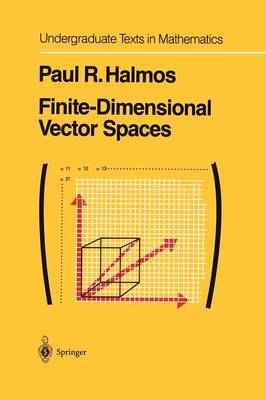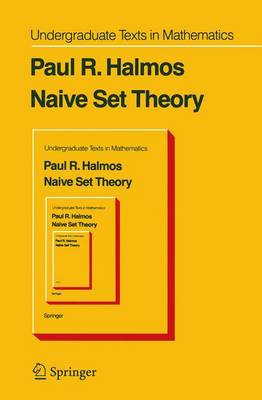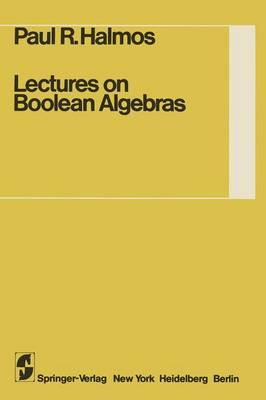Undergraduate Texts in Mathematics
3 total works
From the reviews: "The theory is systematically developed by the axiomatic method that has, since von Neumann, dominated the general approach to linear functional analysis and that achieves here a high degree of lucidity and clarity....The book contains about 350 well placed and instructive problems, which cover a considerable part of the subject. All in all this is an excellent work, of equally high value for both student and teacher." --ZENTRALBLATT FUER MATHEMATIK


